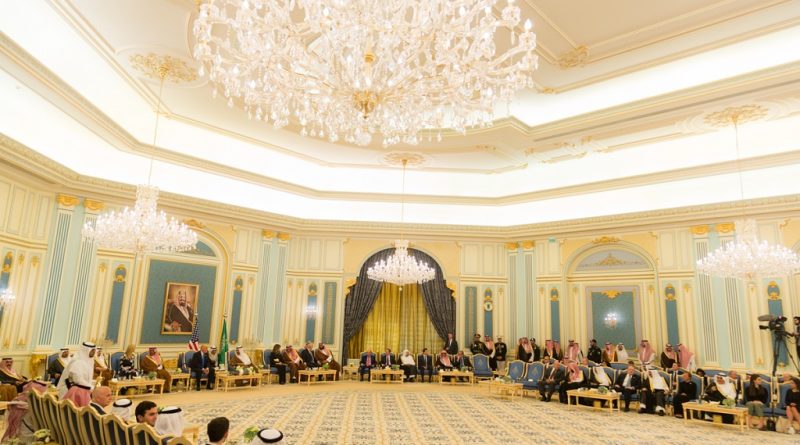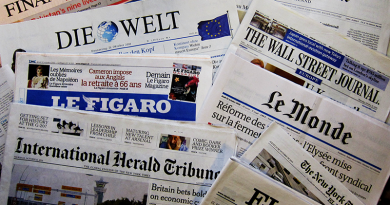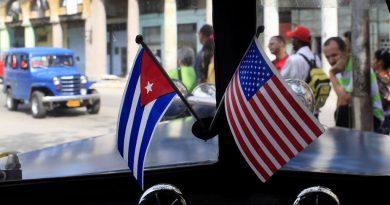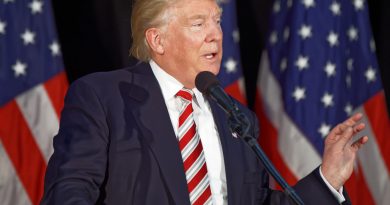New American policy in the Middle East?
Trump’s ambition for the Middle East region
According to what was published in the media, the US President Donald Trump has been working intensely on creating the impression of completely new situation in the Middle East, which is promising a speedy achievement of a peace agreement. It appears he was not involved in defining any future proposals that could be the basis of that peace agreement. From his point of view it is understandable since it is well known that “creating an impression of a new situation”, is how he managed to win the US presidential elections. The actual changes which would prove that the new positive atmosphere is a consequence of proposed solutions for the long standing Middle Eastern conflict we cannot see at all.
We should be inclined to believe that, far away from the eyes of the public, someone is discussing the potential elements of a future peace agreement. However, the author of this text is not aware of it and does not believe in this possibility.
Creating the impression of a newly positive atmosphere
Creating the impression of a newly positive atmosphere can by all means enable the public to accept a new round of negotiations between the Israelis and Palestinians, which is essential for negotiators. What is more, for all those taking part in the negotiations to see a change in the positions of the parties involved, because if these changes had occurred before there would be no break in the talks at all.
Based on this, one has to form their opinion on the level of success of the US mediation. It is clear that the Israelis and Palestinians will try to accommodate to Trump`s optimism, in order to avoid being accused as the guilty party for the failure of potential peace talks at the very start of Trump`s Presidency. There is no harm in public statements stating the positive reactions of US President’s actions in the Middle East. What they will not publicly admit is the fact that there are no actual new proposals that could be, given modifications from the both sides, the foundation of the future peace agreement. This is the main point around which an outcome of future peace talks will be decided.
Trump’s visit to Saudi Arabia and Israel
The visit of President Trump to Saudi Arabia is also very important, due to the fact that it dealt with the potential support of the Arab and Islamic states for a future peace treaty in the Middle East and possibly put pressure on the Palestinian side to make some of the concessions necessary during the negotiations. If the Arab world in the past was not so forthcoming to the creation of the Palestinian State in the 1948, now it should be the driving force that could create the conditions in speeding up the peace process, if there should be one. There still is a question if the US is capable to exert the similar pressure on the Israeli side, which would also have to compromise. Preparation of the reestablishment of the peace process based on the same Israeli position will certainly not to result in a successful start.
Generally speaking, the first phase of activity of President Trump in the Middle East ended well, and it is basically in the field of creating a new atmosphere and the impression that something different is happening. As it was already said, based on this platform the presidential candidate managed to win the elections and become the most influential person in the world. The issues that surfaced in Washington after the election victory are the result of the impossible task of fulfilling those promises given during the pre-election campaign, at least not in the way it was expected. This is exactly what could be expected to occur in the Middle East and it is certain that the Israeli and Palestinian politicians are aware of it. Their experience is far superior to anything the new US President and all of his advisers combined can offer in the resolution of the Middle Eastern crisis.
Donald Trump's visit to Saudi Arabia, May 2017. Photo by the White House / Public domain
![]() This work is licensed under a Creative Commons Attribution-NonCommercial-ShareAlike 4.0 International License.
This work is licensed under a Creative Commons Attribution-NonCommercial-ShareAlike 4.0 International License.




